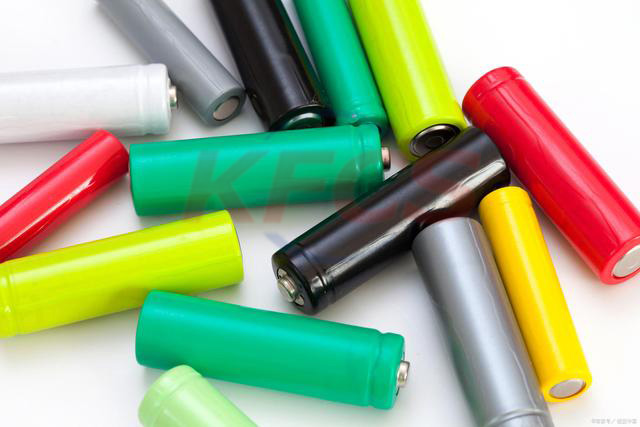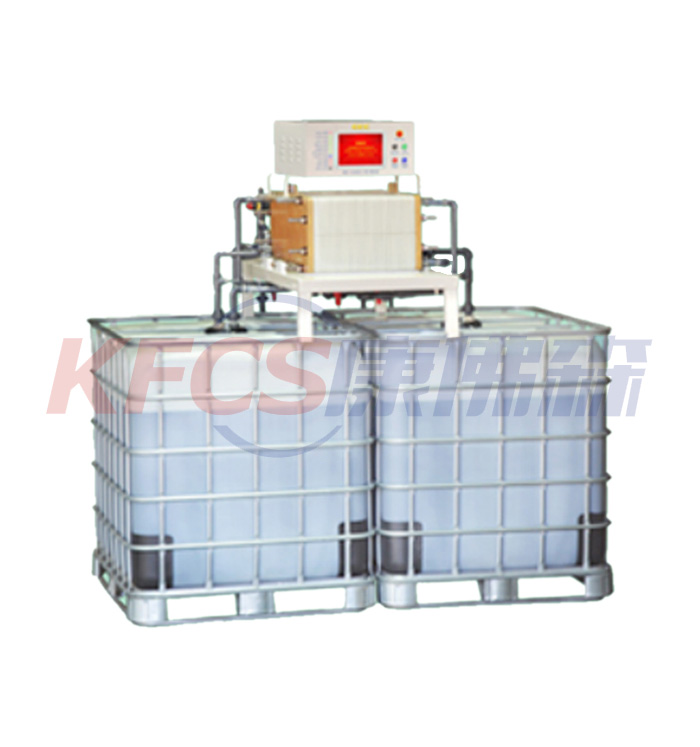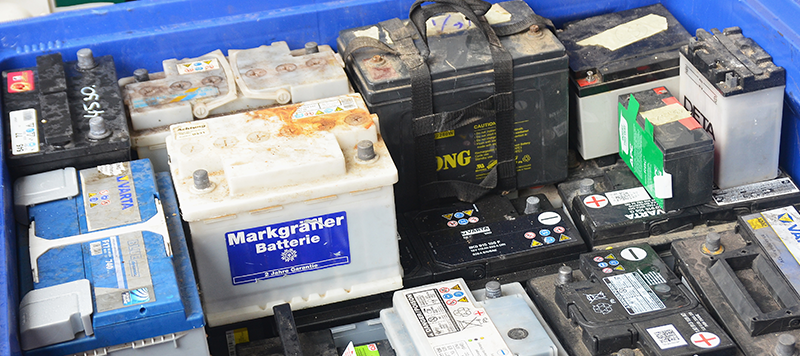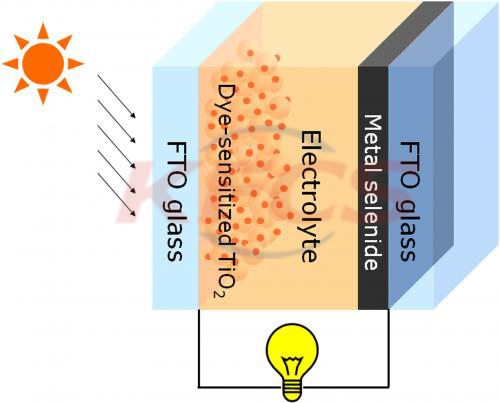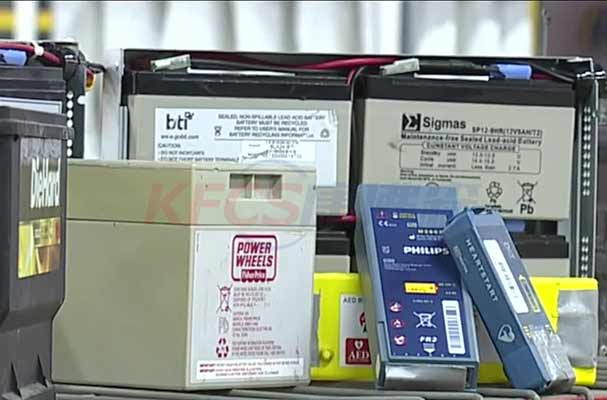Focus on 315, the construction of lithium battery energy storage fire protection system behind the fire risk of new energy vehicles
2022-03-16
Electric bicycles and new energy vehicles have become prominent hidden dangers affecting the safety of the public, and new energy and new business formats continue to generate new risks of fire.
According to the Fire Rescue Bureau of the Ministry of Emergency Management, the national fire response and fire situation in 2021, more than 3,000 new energy vehicle fires occurred throughout the year, and the fire risk of new energy vehicles is generally higher than that of traditional vehicles.
The biggest fire risk source of new energy vehicles, and also its most important component is the lithium battery pack. Structurally, lithium-ion batteries store a large amount of energy in a closed space, which is dangerous in nature, and "thermal runaway" is the root cause of the potential safety hazards of lithium-ion batteries.
New energy fires are different from conventional fires. Existing fire extinguishing agents such as dry powder fire extinguishing agents are not effective in extinguishing lithium battery fires. Their components are haloalkane 1301, carbon dioxide, and heptafluoropropane. They do not have the dual functions of cooling and extinguishing, and cannot fundamentally If the fire is suppressed, there will often be a resurgence. Relatively speaking, the fire sprinkler system technology is relatively mature, the cooling effect is obvious, the cost is low and the environment is friendly, but at the same time, it also has disadvantages such as large water consumption and long fire fighting time.
Therefore, it is more conducive to the large-scale commercial application of lithium-ion battery energy storage systems to carry out fire extinguishing protection according to the fire characteristics of lithium batteries, develop new high-efficiency and anti-reignition fire extinguishing agents, and design fire extinguishing agent release systems and devices.
About News
- Advantages of vanadium flow battery compared with other chemical power sources
- Application of vanadium battery in photovoltaic power generation
- Energy storage operation and maintenance solutions
- Vanadium Redox Battery (VRB) technology
- Economic value of battery material recovery
- Introduction to Vanadium Batteries
- Solutions for battery recycling of electric vehicles
- Skon, a Korean power battery manufacturer, will build a lithium battery recycling plant this year
- New progress in lithium-sulfur battery research: special sulfides do not react with carbonate electrolytes
- 2.5kW vanadium battery
Products


